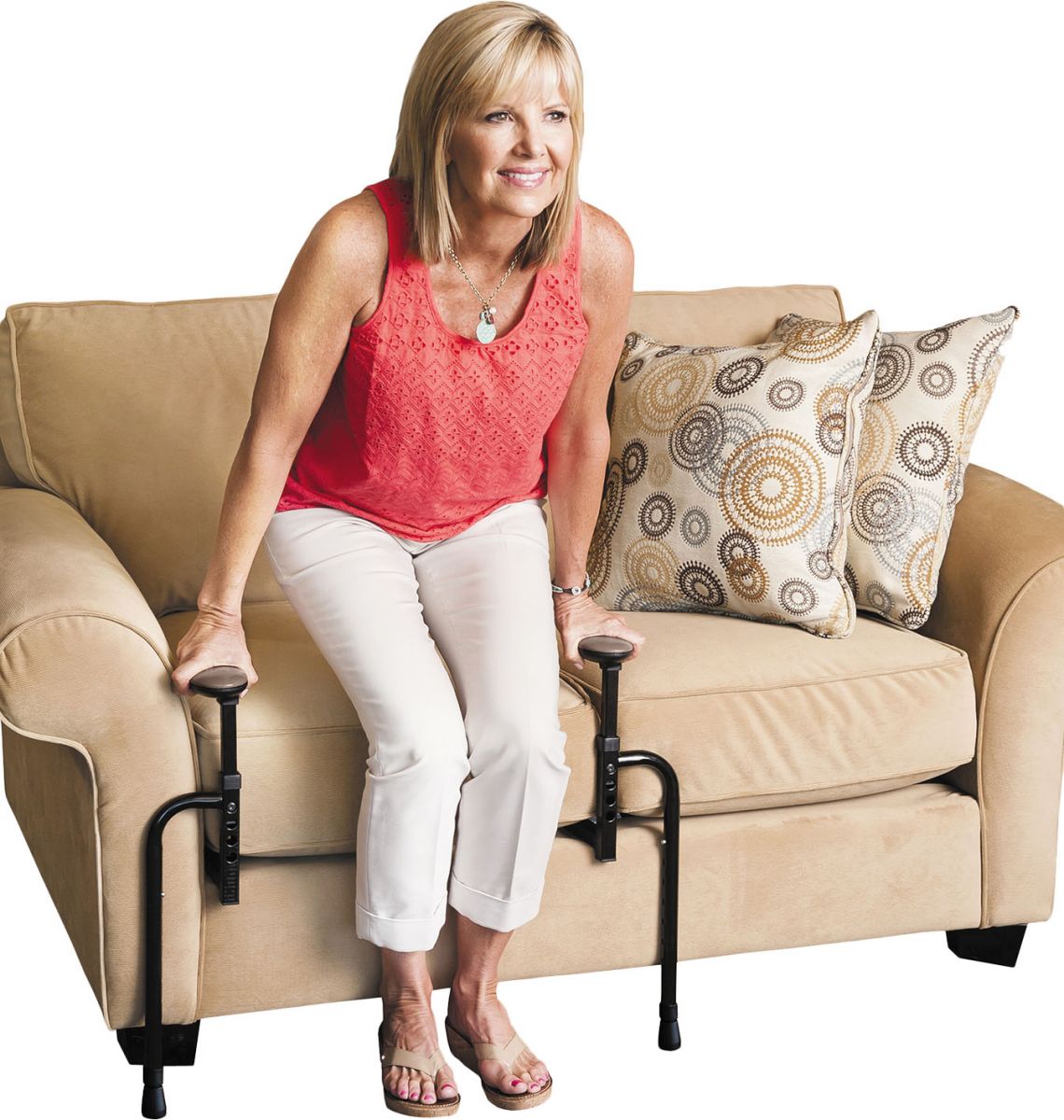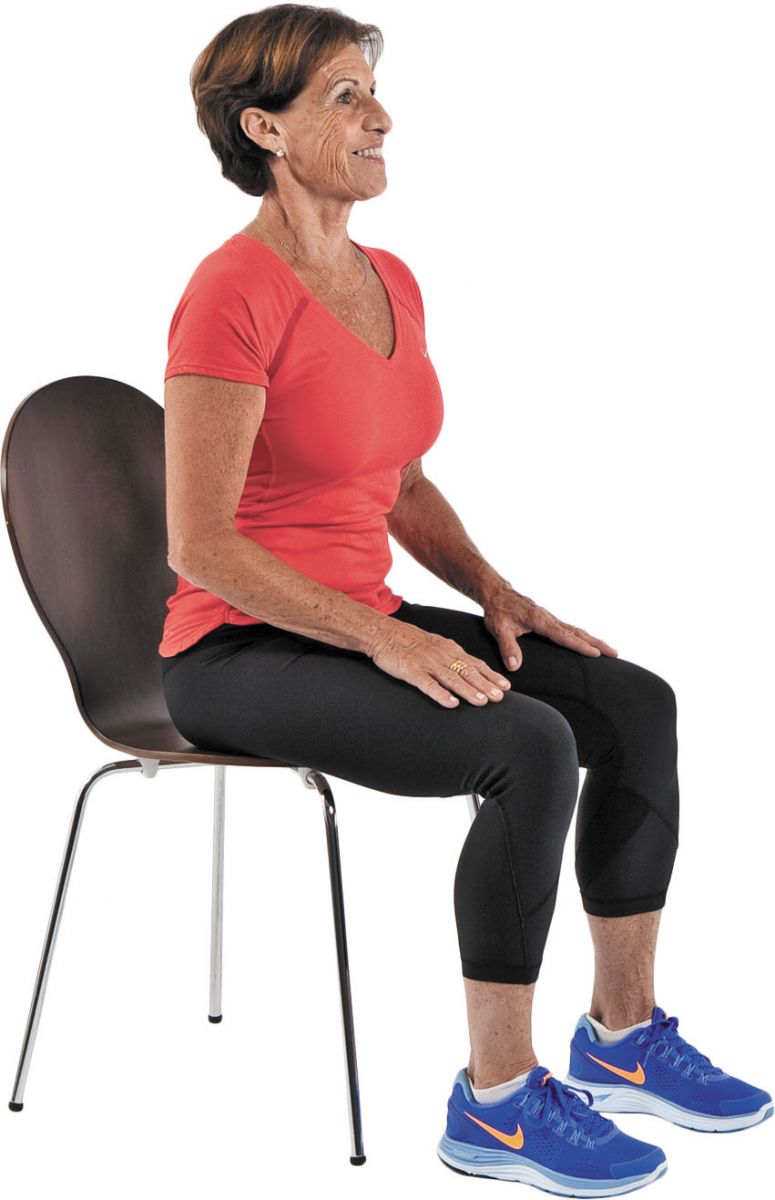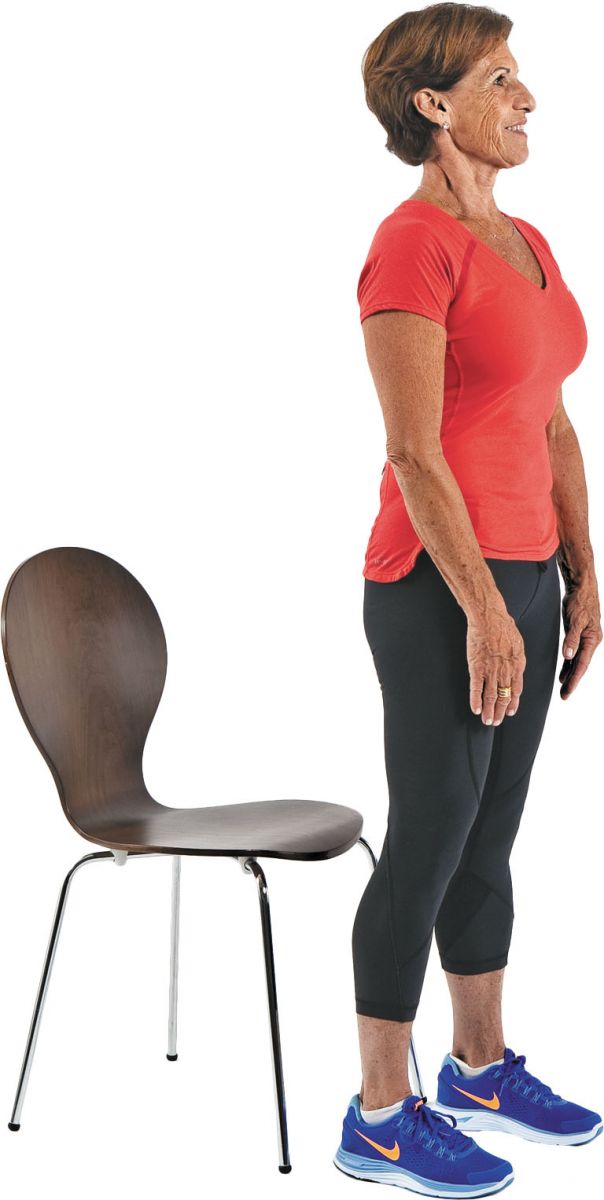Protect your independence with gadgets for your home or car.

The simple act of standing up from a sitting position is one of the most important for independence, especially in the bathroom. But the ability to get up sometimes goes south as we age. It could be because of a medical problem or just too much sitting. "When you sit and bend your knee, the gluteal muscles in the buttocks and the quadriceps in the thighs are lengthened. If you sit all the time, the muscles become overstretched and weak," says Clare Safran-Norton, clinical supervisor of rehabilitation services at Harvard-affiliated Brigham and Women's Hospital.
Exercise can help
If you're able to exercise, try strengthening the "glutes" and quadriceps regularly with exercises you can do around the house.
For example, strengthen the quadriceps by stretching your legs out in front of you and squeezing the muscles on the top of your thighs for 10 seconds at a time.
Strengthen your gluteal muscles by doing leg lifts, repeatedly raising your leg behind you up toward the ceiling.
Or strengthen both the quads and glutes at the same time by doing sit-to-stands (see "Move of the month"), which involve standing up and sitting down 10 times.
Move of the month: Sit to stand
Photos by Michael Carroll Sit in a chair with your feet hip-width apart. Place your hands on your thighs. Tighten your abdominal muscles and buttocks. Exhale as you slowly stand up. Inhale as you sit down slowly, with control. Repeat this exercise eight to 10 times. |
Tools that make a difference
If exercise isn't enough, use tools that can help you stand from a sitting position. You'll find them in big box stores, medical supply stores, or on the Internet. Most cost less than $50 or $100. Don't start using a tool without first making sure you know how it works and that it's set up properly. Ask a buddy for guidance if you need it.
Here's our take on some common tools.
Couch cane. There are two versions of this tool. One is a metal frame that looks like the front half of a chair with low armrests. The seat area fits beneath a couch or seat cushion, and enables you to stand up by pushing off armrests. The other tool is an L-shaped piece of equipment that's cushion-height. The horizontal part of the L sits on the floor, tucked beneath a chair or couch. The vertical part of the L stands in front of the chair, giving you just one support to lean on as you stand. "The single support forces you to put your weight on your shoulders, which could cause an injury. But the tool with armrests allows you to push down and use your leg muscles to do the work, which is better," Safran-Norton notes. Cost: $80 to $120.
Car grab bar. This little tool looks like a screwdriver that's bent at the handle. It slips into a door latch and acts as an extra support you can lean on when you exit or enter a car. "You have to hope it stays in and doesn't fall out," points out Safran-Norton. "If you place it into the latch and it's secure and not shaking, it may be safe to use it. And don't use it if the door latch is too low. This isn't a tool you can pull up on." Cost: $10 to $40.
Rotating seat cushion. This flat, round cushion swivels so you can swing your legs into position to stand up. It can be used in a car or on a standard chair. "This could be useful if you have a tough time initiating a turn, especially if your spine is stiff. That is, as long as the cushion doesn't fall off the seat. Make sure it's not half on or half off the seat. Getting a cushion that's a contrasting color will help you see if it's placed properly," Safran-Norton says. Cost: $10 to $25.
Furniture risers. When you place a couch on risers, you don't have as far to go to stand up. Make sure the furniture is against a wall, so it doesn't tip over if you plop into it, and that the risers will support the weight of your couch or chair with you in it. How high should the risers lift the seat? "When seated, you'll still want to be able to keep your feet flat on the floor," Safran-Norton says. Cost: $10 or more for a set of four.
Automatic lift chair. The ultimate assistance in getting up from a chair is an automatic electric recliner. At the touch of a button, the chair slowly rises forward until you're in a standing position. "The risk is that you could slide out of it and fall. It's not right for someone with poor balance, or someone who is confused or does not understand technology. I'd much prefer that someone uses their leg muscle strength than use one of those chairs. If you cannot, it may be nice to have a little assistance," Safran-Norton says. You can also find an automatic rising cushion that you place on a couch to help push you up to a standing position. Safran-Norton worries it would be wobbly and cause an accident. Cost: $200 or more.
Image courtesy of Stander, Inc
Disclaimer:
As a service to our readers, Harvard Health Publishing provides access to our library of archived content. Please note the date of last review on all articles. No content on this site, regardless of date, should ever be used as a substitute for direct medical advice from your doctor or other qualified clinician.


